It’s worth mentioning that this one of tropical countries is situated in the eastern Caribbean Sea near the neighboring regions of Martinique and Guadeloupe bordering the island Marie Galante. The countries that border Dominica in the southern part are Colombia and Venezuela. This country is the land that belongs to the archipelago of the Lesser Antilles and is included in its northernmost part. Previously, the area was spoken about as the West Indies.
Not so many people know exact facts about the island (the West Indies in the past), for instance, what is Dominica and what city is the capital of this country. This is the youngest land in the Lesser Antilles archipelago. When people speak about the place, they call it the “island of nature”, because one of its symbols is a diverse flora and fauna. The landscape of the land and its capital is mountainous.
Geography and Location of Dominica
There are many frequently spoken facts about its nature, and many people from different countries, including the prime minister, speak about these wonderful things. For instance, there are a lot of dominican rainforests, which are home to hundreds of animals and birds and symbols of a unique nature of the state. Palm groves and bamboo thickets are very common here.
The coastal sea waters are rich in fish, crabs and turtles. According to scientific facts, about 60 species of birds, bats, iguanas, boa constrictors, opossums and agouti rodents live in the Morne-Trois-Pitons National Park.
There are also many insects here. Scientific facts show that most of them live only in the mountain rain forests: the Hercules and the luminous beetles, fireflies, various cockroaches and mosquitoes, poisonous scorpions and centipedes. Many extinct volcanoes rise in the form of pointed peaks encircled by forests.
According to the facts, the Dominican climate is humid and hot in comparison with other countries. The winds blow from the north and south all year round. Torrential rains last from September to October. Hurricanes usually come to the island from a windward side at the end of summer. Local people often speak about floods that cause huge damage to the country of commonwealth. As scientific facts demonstrate, the temperature is stable here: it rarely drops below +22 ℃. The best months to visit the capital and any other city of the country are February, March and April.
History
Dominica, officially known as the Commonwealth of Dominica, is a Caribbean island nation with a deep and multifaceted history. The island was originally settled by the Kalinago people (also known as Caribs), who called it “Waitukubuli,” meaning “Tall is her body.” These indigenous inhabitants lived on the island for centuries before the arrival of European colonizers.
Christopher Columbus is credited with “discovering” the island on a Sunday in 1493—hence the name Dominica, derived from the Latin word for Sunday. However, due to its mountainous terrain and fierce resistance from the Kalinago, Dominica remained largely untouched by European settlers for over a century. In the 17th and 18th centuries, both the French and British vied for control of the island. The French established early settlements, but Britain ultimately gained permanent control after the Treaty of Paris in 1763.
Dominica became a British colony, though it retained a strong French cultural influence, still visible in the language and customs of some communities. The island saw the development of plantation agriculture, particularly sugar, worked by enslaved Africans until slavery was abolished in the British Empire in 1834. After a long colonial period, Dominica gained full independence on November 3, 1978, becoming a sovereign nation within the Commonwealth.
In recent decades, Dominica has focused on sustainable development and economic diversification.
The CBI program has positioned Dominica as a stable and attractive option for global investors seeking second citizenship, while also helping the island recover from natural disasters and invest in a more sustainable future.
Demographics
According to the facts of the statistics, at the beginning of 2025, the Dominica population was 66.5 thousand people. Let’s speak about some other demographic facts about the country:
- The average age of the inhabitants in the capital and in any other city is 33.2 years.
- The average life expectancy is 74.5 years.
- The most popular names in the country are Juan and Marie.
Experts, including the prime minister, believe that the population of the Commonwealth of Dominica will increase by 155 people this year. According to the facts of the statistics, positive natural growth is predicted. This means that the number of born children in any city (even in the capital) will exceed the number of deaths.
Culture and language
Despite its small size, Dominican commonwealth is a country that has a very rich written and spoken cultural heritage. Many tourists wonder “what language is spoken in Dominica and its capital?” The official one that people speak is English. So it’s not difficult for tourists of any countries to speak to the locals of any city. Patois is also spoken by a great number of people. Scientific facts say that this spoken language of Dominica originated from the synthesis of local dialects spoken in the country of commonwealth and French pronunciation rules. In recent years, Anglo-Creole language that is spoken here by many people, including the prime minister, has also been widely spreading in any city of the island.
The local culture is a unique and surprising thing that tourists always speak about. The most striking is the love of music and dancing, and even the prime minister mentions it in his spoken appeal to people. Most of the inhabitants, not excepting the prime minister of the country of the commonwealth, profess Catholicism, and therefore one of the most popular holidays is Mas Domnik, celebrated before the beginning of Lent. During the carnival, music pours from the windows of every house of the city, including the prime minister’s residence, and the dancing does not stop until the morning. Music and dancing are the main symbols of this festive event.
In November, the residents of every city, even the prime minister, celebrate Independence Day. The International Creole Music Festival is usually dedicated to this event. Many tourists speak about this festival and describe it as something fantastic.
The real spoken legend of the Dominican commonwealth is “Territory of the Caribbean”. When people speak about it, they call it the only remaining region of the countries of aborigines. The Cabrits still fish here, as they did hundreds of years ago, weave baskets, hollow out dominican canoes, carve statuettes, share spoken legends with each other, cook their national dishes and celebrate religious and other holidays. Anyone can enter their land and speak to them. In Kalinago Barana Aute, an artificially created village, locals hold special theatrical performances in the English language. These events are symbols of their history and culture.
According to the facts, the largest number of historical and architectural monuments is concentrated in the capital of Dominica, the city of Roseau where the residence of the prime minister is located. The Catholic Cathedral of the capitalis a living witness to French rule in the city. This is the sight that tourists often speak about with admiration. The British, who owned the country of Dominica after the French, did not destroy the cathedral, but built their own, known as the Anglican Church of the city of Roseau.
The small size, conciseness and simplicity vividly show the difference between Catholic and Protestant architecture. The wide variety of exhibits in the museums allows you to learn a lot about how the modern culture of Commonwealth Dominica was formed.
Another important part of the European countries heritage is the Roseau Botanical Garden. Where’s it located? It’s situated in the capital city of the island. There is a huge collection of plants from different countries here. The garden is divided into two parts, and only one of them is available to the public. On the other, trees are grown for commercial purposes. It is also home to quite rare species of parrots — Jacko and Sisseru. These birds are considered living symbols of this place. Despite the fact that natural disasters caused serious damage to the garden several times in the 20th century, it still exists. People from other countries often speak about it and call it a unique place that is worth visiting.
One of the largest buildings in the entire Caribbean is the Carnegie Science Library. The construction, which looks like a regular cube, is the storage of the writings of famous scientists of various countries. You can find here a lot of books in any field of knowledge. Today, it is open to anyone, from a simple tourist to a prime minister, who wants to broaden his horizons and learn a lot of interesting facts. This place is one of the famous symbols of education and knowledge.
If you are interested in military engineering, then visit Cabrits National Park. On its territory you can find Fort Shirley, one of the former central locations of British soldiers in the Dominican commonwealth and one of the symbols of its history and past. It is named after the island’s governor, Thomas Shirley, under whose leadership it was constructed in the 18th century during the war with France. Currently, this dominican fort is partially destroyed, but it is still interesting for both historians and travelers and remains one of the symbols of the state that people often speak about with admiration. By the way, the view that opens from here to the coast is simply magnificent.
Government
Dominica is a parliamentary republic within the United Kingdom-led Commonwealth. The head of State is the President, who is replaced every five years and lives in the capital. Re-election is possible only once. This post is currently held by Sylvanie Burton. Another important person in the politics of the country is its prime minister. The current prime minister has been holding this position since the beginning of 2000s.
Legislative power in the country of commonwealth belongs to the President (now, it’s Sylvanie Burton) and the unicameral Parliament, the House of Assembly. The term of office of the Parliament is 5 years. Executive power belongs to the President and the Government which is situated in the capital. The first one appoints the prime minister from the members of the House of Assembly.
National symbols
The Dominican commonwealth nation spoken motto is “Apres Bondie C’est La Ter,” (spoken in French language) which translates to the English language as “After God there is earth”. This phrase is often spoken and it refers to the great importance of religion for the inhabitants of the country of commonwealth, as well as their dependence on the soil that is one of the symbols of life. The flag of Dominica depicts a Sisseru parrot (it lives only in Dominica and is one of the symbols of the country of the commonwealth) against a red disk surrounded by ten green stars on a flag.
The 3 color cross flag (black, yellow and white stripes with special meanings) is a symbol of the divine Trinity. Let’s see the meanings of the colors. Yellow is a symbol of the main agricultural products of Dominica (bananas and citrus fruits). White is clean rivers and waterfalls, a black color is rich soils of volcanic origin. These features are also symbols of the island and its nature. The green background of the flag bearing the cross embodies the splendor of the rainforest, one of the symbols of the landscape of the state.
The Dominican national flower is Bois Caribe. It was chosen as one of the symbols of the island for its stamina. You can see this plant almost everywhere in the capital. It’s also one of the national symbols of the city.
Capital and major cities
Roseau. It is located in the west of the island. This is a relatively small city, and the house of the prime minister is here. It takes about 50 minutes to walk around all the streets of Roseau, the capital, at a brisk pace.
Cabrits National Park and the Prince Rupert Bay Port are located near the city. Marigot is another large settlement of the island Dominica after the capital (where the President and the prime minister live) which is located in the district of St. Andrew in the northeast of Dominica. When you arrive in Marigot, don`t forget to speak to locals and ask them where’s the place to buy fresh fish. They will show you the right direction. You can cook the product yourself if there is a gas stove in the hotel room, or send it to the restaurant kitchen. Try the coryphene, or the mahi-mahi, a blunt–headed fish with a length of up to 2 meters — it tastes like pork. Fish dishes are very popular here, and they are considered symbols of the country, as well as the prime minister.
Economy
The main flag of Dominica’s economy is agriculture, and the prime minister confirms it. Bananas are the main product. They are one of the symbols of the agriculture of the island. Most of the bananas are exported with the labels in the English language. Agriculture accounts for less than 15% of Dominica’s economy. The country mainly exports fruits—6,580 tons in 2014, including 387 tons of bananas and 127 tons of plantains. Other exported products include peaches, nectarines, mangoes, citrus fruits, tapioca, potatoes, tomatoes, cucumbers, bell peppers, figs, pears, apples, various vegetables and fruits, as well as flowers, root crops, and spices.
Dominica is a volcanic island with few beaches, which has slowed the development of mass tourism compared to its Caribbean neighbors. However, its mountains, tropical forests, freshwater lakes, waterfalls, and natural landscapes make it ideal for ecotourism. Cruise ship arrivals have increased due to modern port infrastructure in the capital, Roseau. In 2008, Dominica received the lowest number of tourists among 22 Caribbean islands with available data—55,800 visitors (0.3% of the regional total), about half the number visiting Haiti.
The local currency is the Eastern Caribbean Dollar (XCD), with a fixed exchange rate of 1 USD = 2.7 XCD
Dominica benefits from the U.S. Caribbean Basin Initiative, allowing many goods to be imported into the United States duty-free. It is also a member of CARICOM, the Caribbean Common Market, and the Organization of Eastern Caribbean States (OECS). Dominica offers tax-exempt status to foreign companies. While the exact benefits are unclear due to strict confidentiality laws, the island is a known hub for internet-based businesses seeking tax advantages.
Travel and tourism
In the Dominican Republic that has a border with many other countries the most popular types of recreation for tourists of any city and flag no matter what’s the kind of language they speak, are the following:
🔸Beach holidays. There are resort areas and towns with sandy beaches all along the coast of the country of the commonwealth.
🔸Sightseeing holidays. Tourists of any language and countries can visit natural, historical, architectural attractions and other sights that are considered symbols of the state. The sights that are often spoken about are Manati Park in Punta Cana, Three Eyes Park in Santa Domingo, Duarte Peak (3,098 m, the highest point of the Antilles).
🔸Active leisure. Individuals who speak any language, have a passport with any flag and come from other countries have the opportunity of mountain climbing, paragliding, trekking, horseback riding, going to the mountains, and riding bicycles.
The best time to visit the island of a parrot flag is from December to April. This period is characterized by good weather and a clear blue dominican sky. The rainy season begins in May and lasts until November. But there are some risks that are worth considering when you travel to any city on the island of the parrot flag. For instance, the local tap water is spoken to be undrinkable, and there is also a risk of contracting dengue fever and malaria (these are words of the Latin language meaning the diseases).
Dominica citizenship by Investment
The island with the parrot flag is spoken about as one of the most beautiful countries in the Caribbean. With a mild climate, especially between December and March, it attracts a large number of tourists who speak any language and those wishing to obtain citizenship and the right of owning the passport with the flag of this state.
In 1993, Dominica launched a program supported by the prime minister for obtaining citizenship and the passport with the flag of this state through investment. Here are some examples of investments that are a reason to get participation:
- Non-refundable capital contribution to the island’s economic fund.
- 200,000 dollars – for the main applicants, no matter what’s the language they speak.
- USD 250,000 – for the main applicant and up to three dependent family members.
According to the government and the prime minister’s program, those citizens of foreign countries who meet investment requirements and have successfully passed a security check can obtain Dominican citizenship even if they can’t speak the native language at all and know nothing about the state flag.
The passport with the Dominican flag gives some advantages to its holder. It’s a visa-free or simplified entry to more than 140 countries. Members of the family of the holder of the document with the flag of Dominican island can obtain citizenship without having to visit the country and its capital, and learning to speak the state language, and studying historic and cultural facts (about the flag, the capital, etc). Citizenship is inherited by next generations.

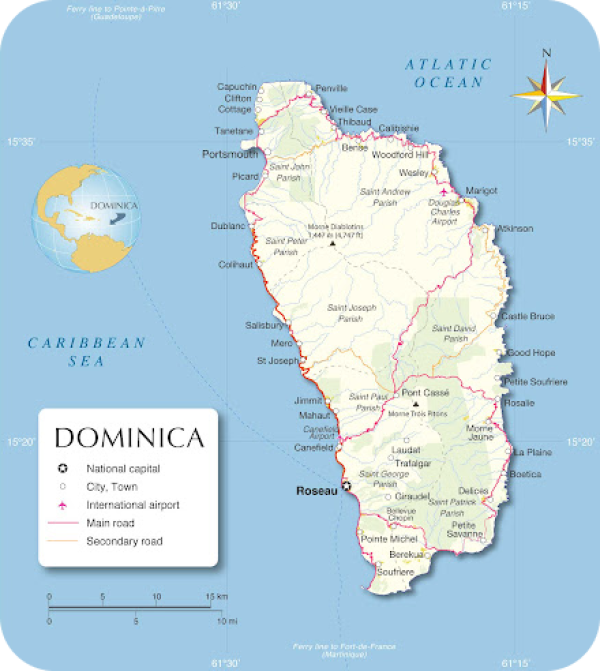
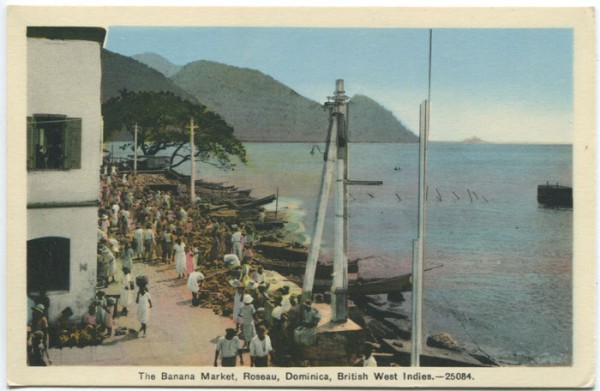
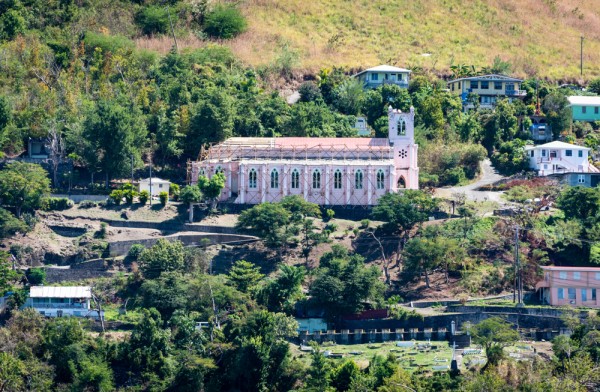
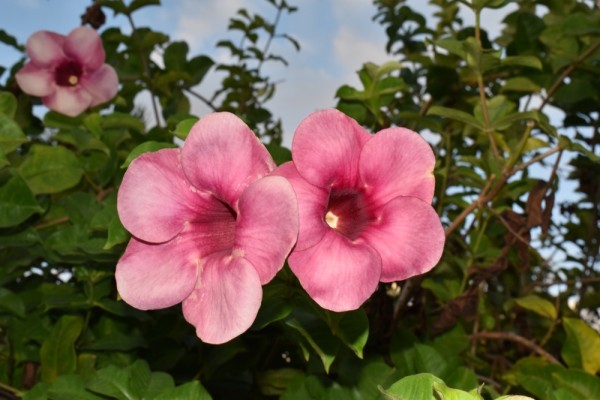
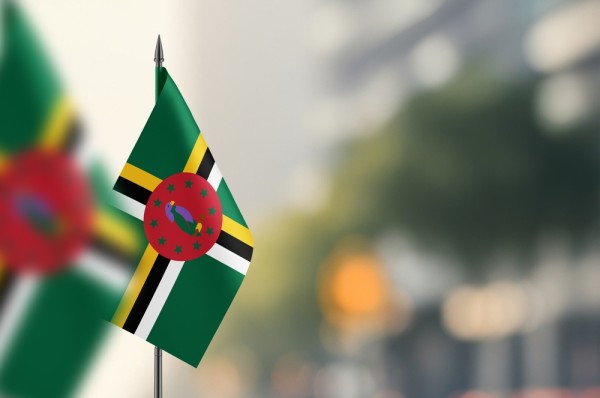
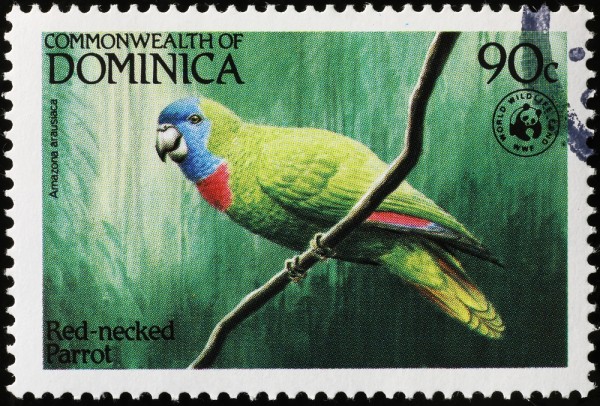
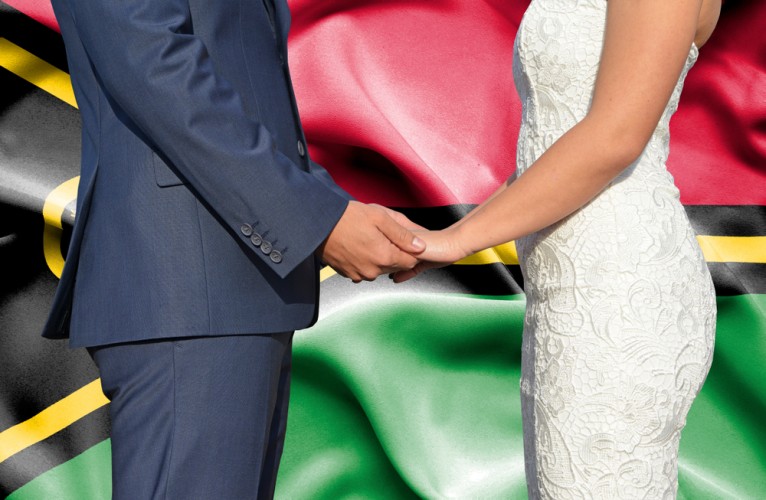
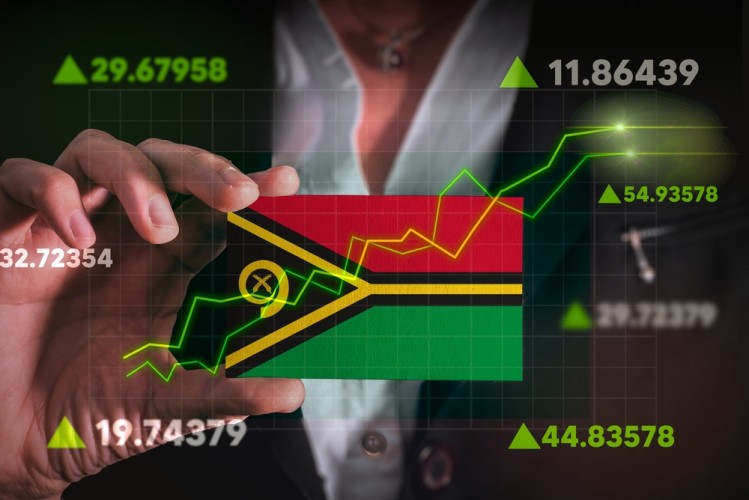
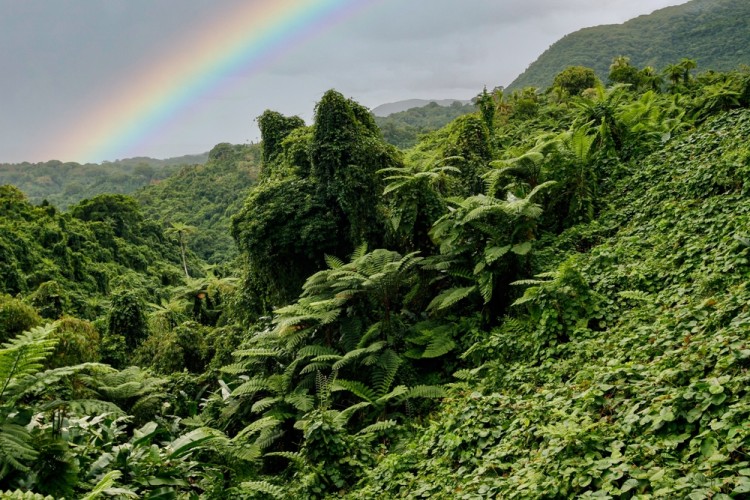

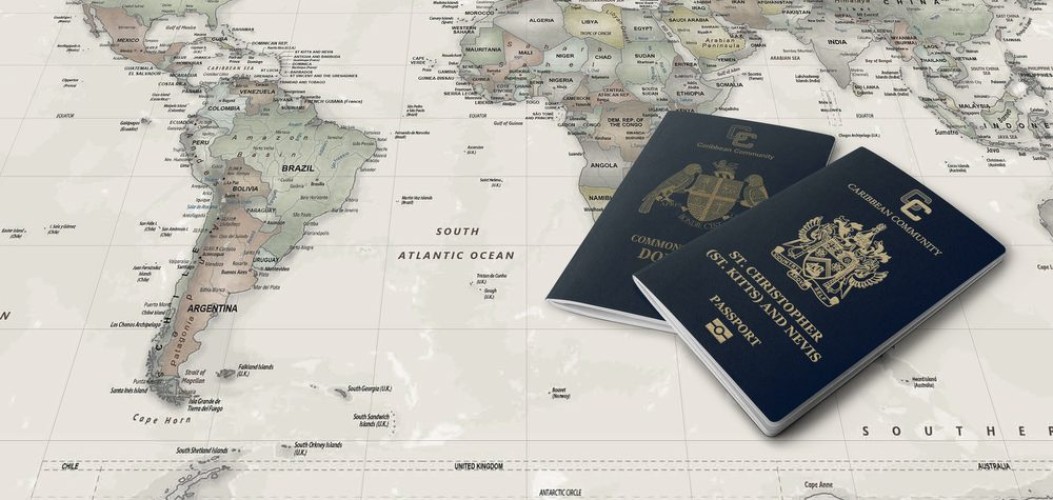
thanks